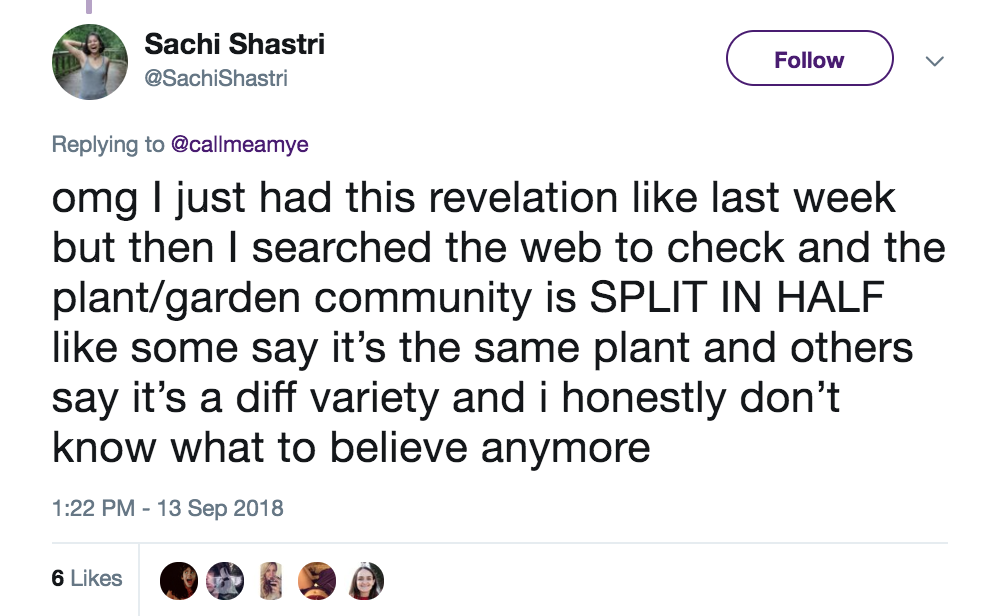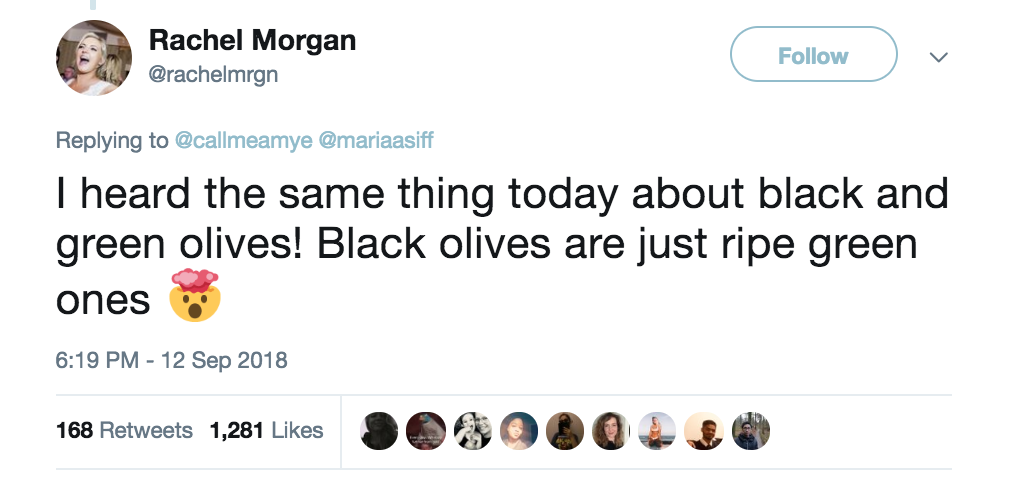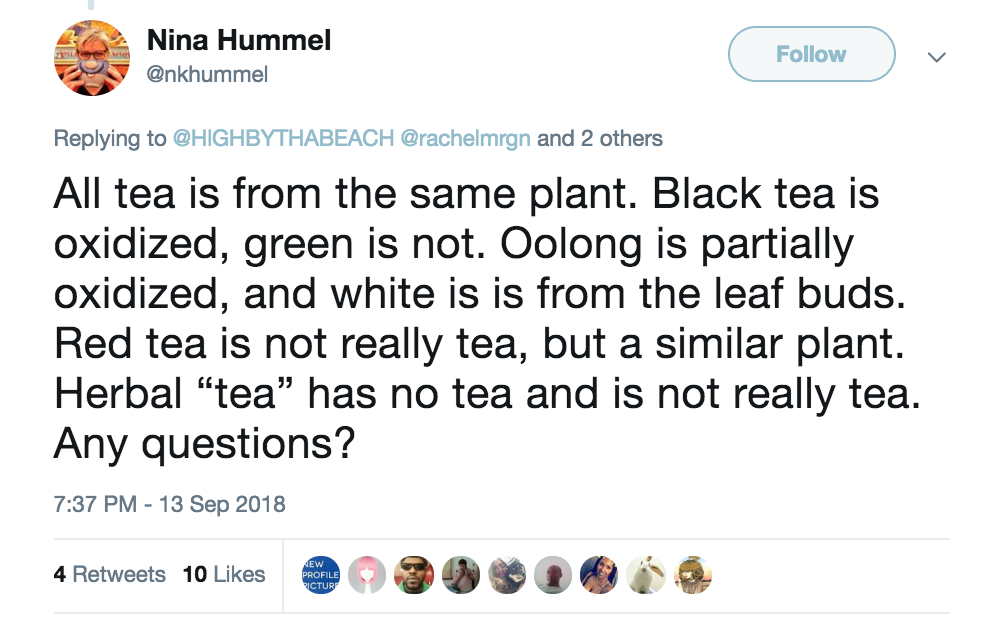The Internet Is Just Learning This Well-Known Fact About Peppers and Everyone's Mind Is Blown
Updated Nov. 18 2019, 2:39 p.m. ET

I don't know if you are mentally peppered for this fact, but I was 28 years of age when I first learned (today) that yellow, green, red and orange bell peppers are all the same. No, I don't mean they're all from the same vegetable family — ok, FRUIT, ugh don't @ me.
I mean they're all the literal same pepper, just at different stages of ripeness — hence the different colors. Which is crazy when you consider that red peppers have twice the amount of Vitamin C than green bell peppers, or that orange peppers are sweeter than their yellow counterparts.
And if you're feeling a little dumb for having made your way into adulthood via several kitchens and home-cooked meals, you're far from being alone. In fact, half of the internet would still be in the dark about this fact if it hadn't been for style and lifestyle blogger Amy (@callmeamye).
She recently shared a tweet that went absolutely viral, with more than fifty thousand retweets. It reads: "OK so I've just found out that green peppers turn yellow then orange then red and they're actually all the same pepper just less ripe and my mind is blown."
She continues to explain how the ripening process happens on the vine, and why it now makes sense that the red peppers are actually the sweetest. They've gone all the way from bitter green through their yellow and orange stages before arriving at red.
People went absolutely crazy for this fact, chiming in to add their observations and amazement. "Omg I thought they were from three different seeds the whole time!! Mind blown," wrote one user, while another said, "I thought they were different kinds of pepper I am so shocked! Also I’ve seen part orange part yellow ones before and not clocked it was a ripening indication — somehow thought it was a mutated pepper." Then there were the know-it-alls who had to shame the rest of us with rhetorical versions of "How did so many people not know this?"
One Twitter user took us back to high school science class with her tidbit: "When you learn about photosynthesis, you learn about the different pigmentation in plants like chloroplast 1 and chloroplast 2 and so on! It’s really cool... it’s similar to what happens to leaves in the fall!"
(She later fact-checked herself to clarify, "If I remember correctly it’s chlorophyll a, chlorophyll b, and carotenoids.") I'm glad someone was awake in bio.
Another user shared this beautiful image of the ripening process in the wild. As the initial poster Amy reminds us, though, "FYI apparently this won’t happen in your fridge, only on the vine haha." Bummer, I was about to set up my refrigerator for a quick two-week experiment.
Although one Syameema Mahroof responded to Amy saying, "True they don’t ripen in the fridge, however if you leave them out on the counter in a plastic bag with a red pepper or even a banana they will change colour. If they’re picked very immature it’ll take a very long time to change colour." Ok yay — experiment back on track.
And because we're dealing with the realm of science, people were obviously really quick to contest this fact.
In fact, Sachi Shastri details the confusion, explaining that she learned this about bell peppers recently too, but discovered upon further research that the entire scientific community is torn as to whether or not they all come from the same seed.

I frankly have no idea what to believe either.
The naysayers (fine, they're mostly certified plant professionals and some are even verified on Twitter) sprinted to the social media platform to shut this factoid down.
Botanist James Wong dedicated a whole thread to correcting everyone who fell for Amy's initial tweet, but once he gets down to the details, it also sounds like he's saying she's partially right.
You be the judge of this science, dear reader.
He continues, "Although it *is* true that green peppers are just unripe regular ones, yellow, orange and red peppers are all genetically different varieties at full maturity. Their DNA predetermines the maximum amount of pigments they can produce, which creates this variation in colour."
Boy, I wish I was better at getting this. Is he saying the peppers start as the same DNA-seed and then morph into these different species, which in turn have their own individual DNA?
Thankfully, James clarifies: "Well, they *all* start out green, but as they ripen their genes determine whether they produce yellow, orange or red pigments. White and purple varieties exist too, as well as some varieties that stay green even when fully ripe!"
Before digressing for too long, James goes on to say, "The internet is also perpetuating the weird idea that peppers come in ‘male’ and ‘female’ forms. That would mean the fruit could sexually reproduce with each other. They can’t. Fruit are basically swollen ovaries surrounding fetal plants. The sex happened *long* before."
But despite all of James' buzz-kill facts, he did manage to leave us with one very interesting tidbit:
And this led other people to chime in about other commonplace kitchen things and their levels of ripeness.



People also shared that baby carrots don't exist in nature and that white asparagus is the same as green asparagus, just grown underground. But the internet is also full of trolls, like ones saying that limes are just unripe lemons, and that lemons are just unripe oranges...
Who knows what in the world to believe anymore?